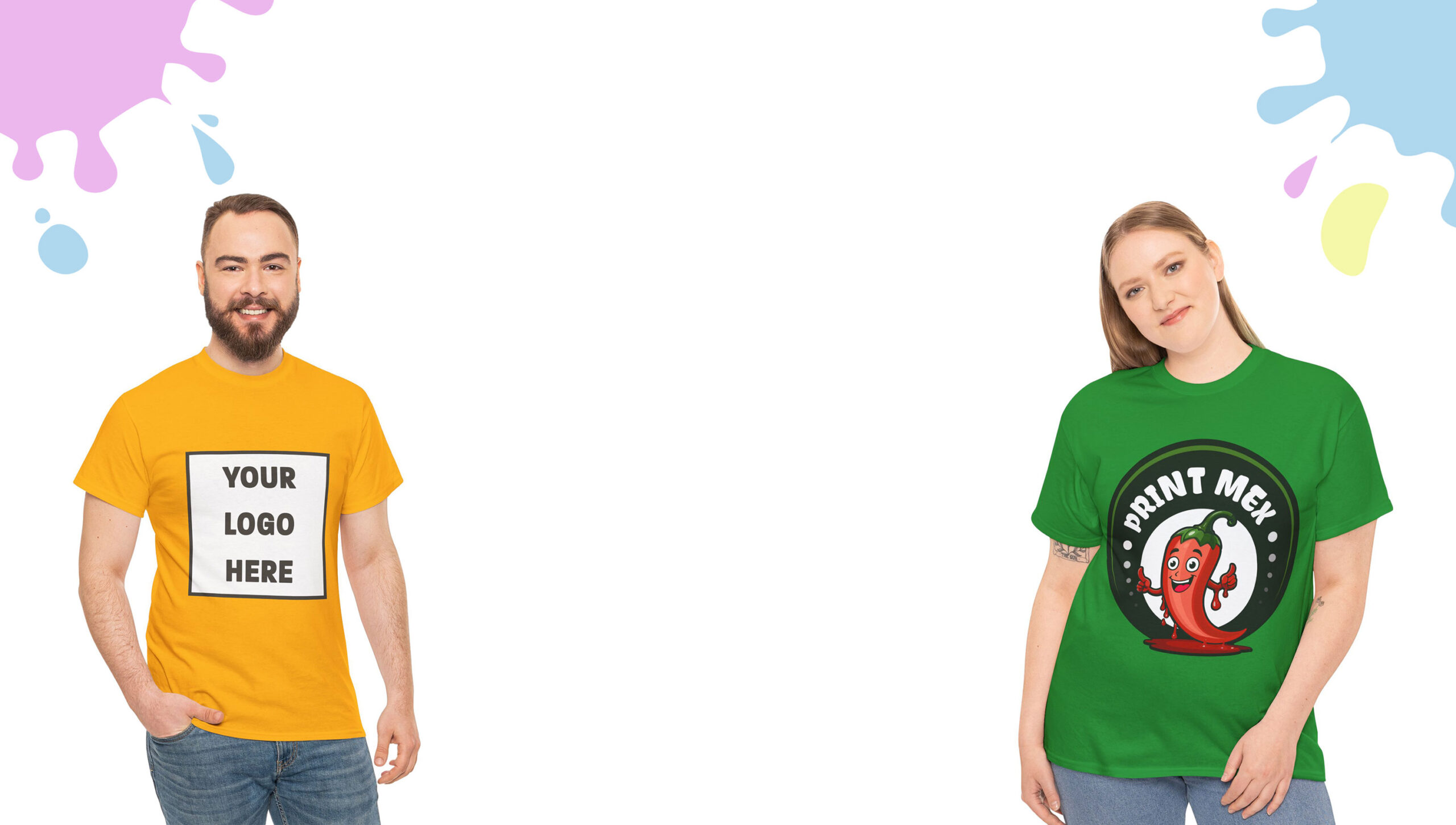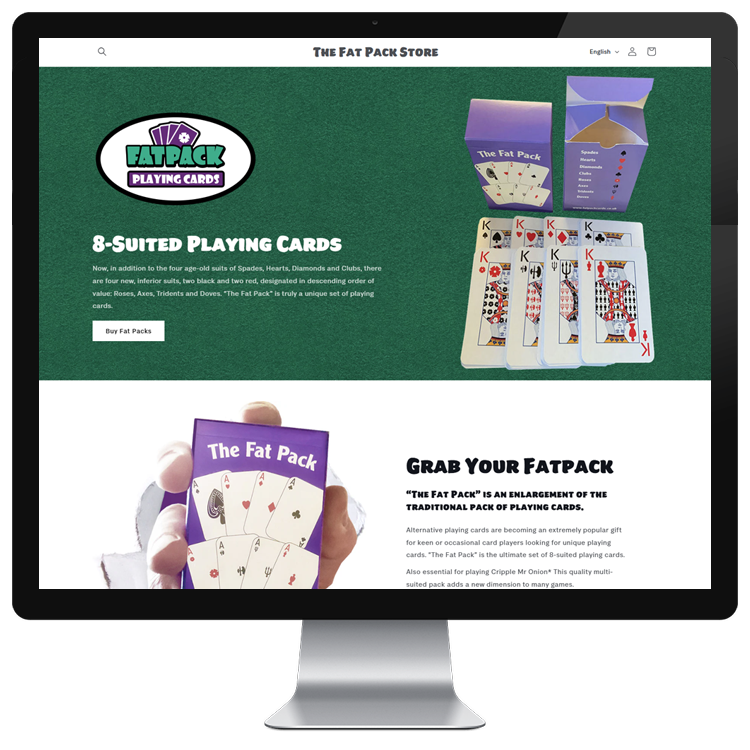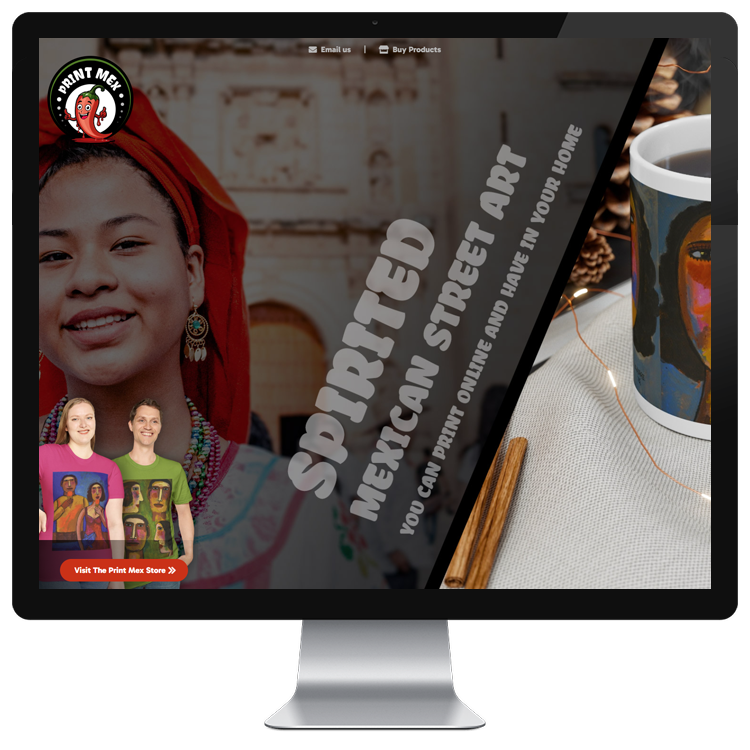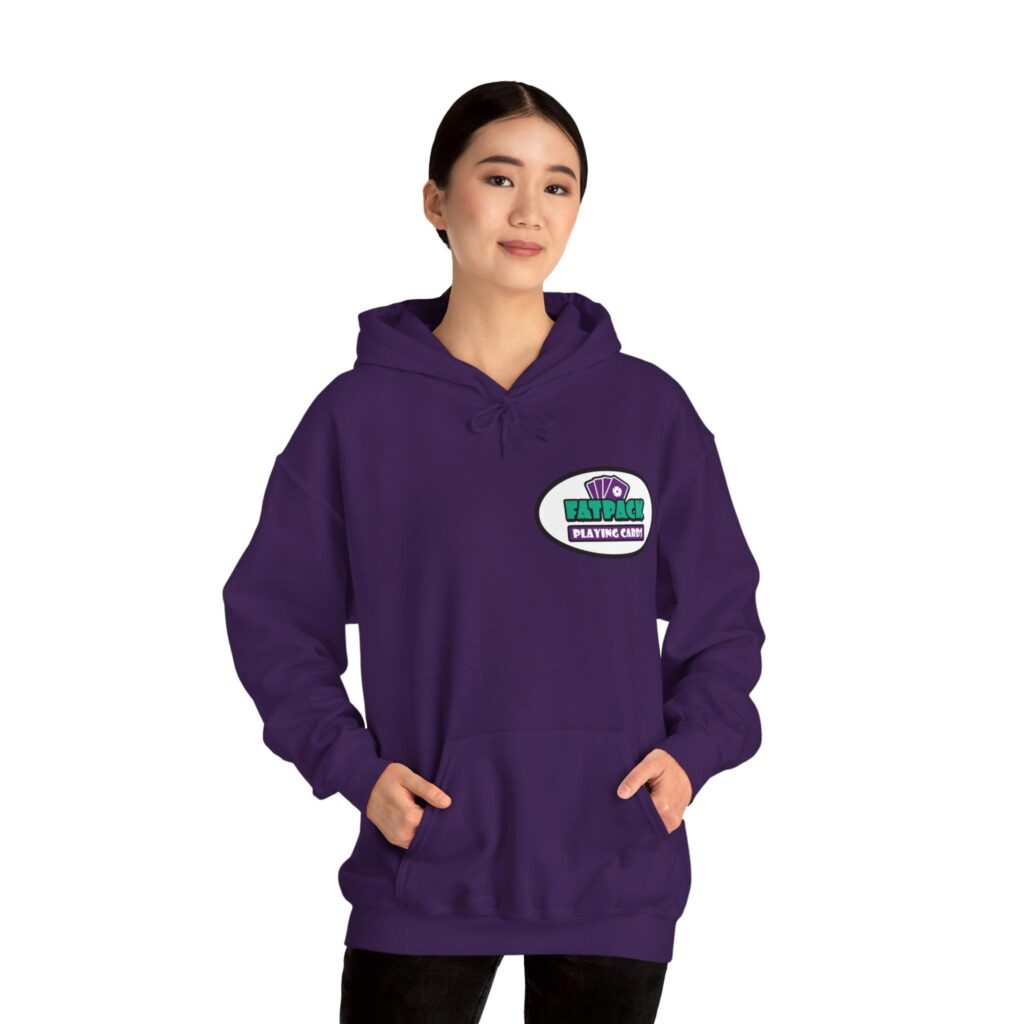
We Set Up
Print-On-Demand
For Companies Like Yours
What is Print-On-Demand?
What is POD?
Print-on-demand (POD) enables businesses to sell custom designed products like t-shirts, mugs, and more, without holding any stock.
Without having to buy inventory upfront or manage warehousing.
When a customer places an order, your designs are sent a trusted printer, who will produce your product and send it directly to your customer.
You pay for what you sell, making it low risk and budget-friendly.
Print-on-demand (POD) enables businesses to sell custom designed products like t-shirts, mugs, and more.
Without having to buy inventory upfront or manage warehousing.
When a customer places an order, the item is printed and shipped by a third-party supplier.
You pay for what you sell, making it low risk and budget-friendly.
Use-cases for POD
POD use-cases
Office-Based Companies
Print-on-demand is perfect for memorable, daily-use marketing—think mugs, mouse mats, or hoodies. Stock your office with branded items to reinforce identity, and gift clients with personalised merch.
Better yet, offer them a voucher to choose their own from your online store—so it’s something they’ll actually use and others will see. High quality products, personalised for your brand.
Build brand awareness
Reward customer loyalty
Indirect SEO from the online store
Be the first company a customer thinks of
Mobile Businesses
Keep a few branded giveaways in your van, or offer customers a voucher to choose their own from your online store (mugs, mouse mats, or hoodies etc).
Add QR codes or catchy visuals to merchandise to turn every product into a walking promotion—driving brand awareness and more merch sales. It’s smart, scalable marketing to elevate your business.
Build brand awareness
Reward customer loyalty
Indirect SEO from the online store
Be the first company a customer thinks of
Office-Based Companies
Print-on-demand is perfect for memorable, daily-use marketing—think mugs, mouse mats, or hoodies. Stock your office with branded items to reinforce identity, and gift clients with personalised merch.
Better yet, offer them a voucher to choose their own from your online store—so it’s something they’ll actually use and others will see. High quality products, personalised for your brand.
Build brand awareness
Reward customer loyalty
Indirect SEO from the online store
The first one a customer thinks of
Mobile Businesses
Keep a few branded giveaways in your van, or offer customers a voucher to choose their own from your online store (mugs, mouse mats, or hoodies etc).
Add QR codes or catchy visuals to merchandise to turn every product into a walking promotion—driving brand awareness and more merch sales. It’s smart, scalable marketing to elevate your business.
Build brand awareness
Reward customer loyalty
Indirect SEO from the online store
The first one a customer thinks of
Attractions and Events
Print-on-demand is the perfect online extension to your on-site gift shop. POD allows you to offer a wide range of products without the expense of having to buy in bulk.
Print-on demand doesn’t have to replace any on-site gift shop, but it can act as a perfect follow-up for visitors to nudge them into grabbing a few extra mementos of their day.
Perfect for Zoos, Theme parks, Museums, Landmarks, Car shows, Sports events, Festivals, and even Towns, Cities, and Countries!
Build brand awareness
Indirect seo from the online store
Invaluable extension to your on-site gift shop
Test out new product ideas before bulk buying
Trendy Brands, and Creatives
If your brand thrives on bold or trendy designs, POD lets you launch unlimited variations without upfront costs. No bulk buying, and no guessing as to which styles or sizes will sell.
Or if you create unique artwork or illustrations that others would love. Print-on-demand lets you turn that creativity into sellable products without handling inventory or shipping.
Why not let us focus or the setup and all the techy bits, whilst you focus on the unique creations to offer your visitors!
Build brand awareness
Turn unique creations into a viable business
New buyers for store and non-store products
Introduce existing customers to new products
Attractions and Events
Print-on-demand is the perfect online extension to your on-site gift shop. POD allows you to offer a wide range of products without the expense of having to buy in bulk.
Print-on demand doesn’t have to replace any on-site gift shop, but it can act as a perfect follow-up for visitors to nudge them into grabbing a few extra mementos of their day.
Perfect for Zoos, Theme parks, Museums, Landmarks, Car shows, Sports events, Festivals, and even Towns, Cities, and Countries!
Build brand awareness
Test out new product ideas
Indirect seo from the online store
Invaluable gift shop extension
Brands and Creatives
If your brand thrives on bold or trendy designs, POD lets you launch unlimited variations without upfront costs. No bulk buying, and no guessing as to which styles or sizes will sell.
Or if you create unique artwork or illustrations that others would love. Print-on-demand lets you turn that creativity into sellable products without handling inventory or shipping.
Why not let us focus or the setup and all the techy bits, whilst you focus on the unique creations to offer your visitors!
Build brand awareness
Introduce new products
New buyers for your products
Unique creations into a business
Our POD set up cost explained
We charge a set fee of £2,975 for a turnkey service.
Sure, technically, all the components to a viable print-on-demand setup could be done without the help of experts, but we all soon realise the difference between DIY and hiring a pro.
Let’s show you what our print-on-demand service looks like, so you can see what you’ll get for your money.
So take a look at our rough guide below, and imagine at which step you’ll realise you could have earned much more doing the thing you do every day…
POD set up cost explained
We charge a set fee of £2,975 for a turnkey service.
Sure, technically, all the components to a viable print-on-demand setup could be done without the help of experts, but we all soon realise the difference between DIY and hiring a pro.
Let’s show you what our print-on-demand service looks like, so you can see what you’ll get for your money.
So take a look at our rough guide below, and imagine at which step you’ll realise you could have earned much more doing the thing you do every day…
 The knowledge
The knowledge
The biggest thing is our years of knowledge and experience. print-on demand (POD), requires graphic design, illustration, ecommerce, and (to get the best from it) web-coding skills. AI can help, but you’ll spend more time fixing the initial work of AI, than you would spend creating it from scratch in the beginning.
 We create your artwork
We create your artwork
That doesn’t mean just slapping a logo on a t-shirt or a mug. We need to understand your business, and design punchy visuals that will sell, or will sell your business.
 We pick the right products and suppliers
We pick the right products and suppliers
For the product range we agree on—mugs, t-shirts etc. Production cost, turnaround, and reputation are what we are looking for here.
 We add the created artwork to the design templates
We add the created artwork to the design templates
For the product range we agree on—mugs, t-shirts etc. When you create artwork for print you need to understand colour profiles (CMYK vs RGB), Bitmaps (and resolutions) vs Vector art, and be able to choose the right format for the right artwork. This doesn’t come over night. The biggest mistake DIYers make is creating products that look nothing like what the customer expected when the end product is printed.
 Once we have each product templated
Once we have each product templated
We will then add all designs to all products. So, suppose you had 10 products–mugs, t-shirts, canvas print etc, and 10 designs we have made, then we will produce 100 (10×10) sellable products.
 Once we have all the products ready
Once we have all the products ready
We will make a custom store either in Shopify or WooCommerce where these items will be sold through,
 Once the store is designed
Once the store is designed
We will connect the store to the print-on-demand service where we set up the products, and then like magic (it’s via an API) the products will appear in the store.
 Getting the items over is the heavy lifting
Getting the items over is the heavy lifting
But we must then assign all these to sections and categories, so all the products are nicely grouped and listed.
 The very last bit
The very last bit
We put your new store live.
 So there is a step 11?
So there is a step 11?
There is an “11”, and that is ongoing help and support with any issues you have, and advice on marketing your store.
 The knowledge
The knowledge
The biggest thing is our years of knowledge and experience. print-on demand (POD), requires graphic design, illustration, ecommerce, and (to get the best from it) web-coding skills. AI can help, but you’ll spend more time fixing the initial work of AI, than you would spend creating it from scratch in the beginning.
 We create your artwork
We create your artwork
That doesn’t mean just slapping a logo on a t-shirt or a mug. We need to understand your business, and design punchy visuals that will sell, or will sell your business.
 We pick the right products and suppliers
We pick the right products and suppliers
For the product range we agree on—mugs, t-shirts etc. Production cost, turnaround, and reputation are what we are looking for here.
 We add the created artwork to the design templates
We add the created artwork to the design templates
For the product range we agree on—mugs, t-shirts etc. When you create artwork for print you need to understand colour profiles (CMYK vs RGB), Bitmaps (and resolutions) vs Vector art, and be able to choose the right format for the right artwork. This doesn’t come over night. The biggest mistake DIYers make is creating products that look nothing like what the customer expected when the end product is printed.
 Once we have each product templated with one design
Once we have each product templated with one design
We will then add all designs to all products. So, suppose you had 10 products–mugs, t-shirts, canvas print etc, and 10 designs we have made, then we will produce 100 (10×10) sellable products.
 Once we have all the products ready
Once we have all the products ready
We will make a custom store either in Shopify or WooCommerce where these items will be sold through,
 Once the store is designed
Once the store is designed
We will connect the store to the print-on-demand service where we set up the products, and then like magic (it’s via an API) the products will appear in the store.
 Getting the items over is the heavy lifting
Getting the items over is the heavy lifting
But we must then assign all these to sections and categories, so all the products are nicely grouped and listed.
 Nearly there now
Nearly there now
The final part is connecting your merchant account so you can get paid on sales, and if you don’t have one, we can show you how — it’s a doddle.
 The very last bit
The very last bit
We put your new store live.
 So there is a step 11?
So there is a step 11?
There is an “11”, and that is ongoing help and support with any issues you have, and advice on marketing your store.
POD frequently asked questions
POD FAQs
 How much it costs to run a store
How much it costs to run a store
When setting a store up on Shopify, their base monthly cost (as of writing this in 2025), is £25 a month. That’s the price to use the framework, where we build the store on top of their built-in ecommerce features.
There is a credit card processing charge for each item you sell (a few percent), but in the POD model this is slightly irrelevant. This is because you only trigger a processing charge when an actual sale is made. The breakdown in costs is something similar to this (all products vary)…
1) The customer orders a mug from your store, and let’s say the price is £12.
2) Printify or whoever we are using to fulfill the order will charge (for example) £6.
3) You keep the difference between the retail cost “1” and the production cost “2”, minus less than £1 for the processing fee. So you might make £5.50.
This in itself is a good net profit, but the gem is that you never had to outlay anything for the stock in the first place.
These are just examples, but the pricing isn’t random, we can set your profit margin to whatever you want. The pricing set for production is fixed for each item — mug, t-shirt, or canvas etc.
A slight difference is if we build using WooCommerce, as that can be hosted anywhere within reason, so you aren’t tied to a host like Shopify. We can host your WooCommerce, or you can find your own hosting if you prefer. But you won’t save much on the £25 each month regardless of who you host with.
 The timeline of money to your bank
The timeline of money to your bank
When you make a sale, you make the difference between the price of the item to be produced, and what the customer pays.
You do however have to pay the printer to produce your customer’s product first, unless you want to make the customer wait a few extra days for your payment from them to clear.
Whether we build your site in Shopify using Shopify Payments as the processor, or in WooCommerce using WooPayments, the process is the same…
1) The customer orders a product from your site, let’s say it was a mug priced at £12.
2) The customer pays for the product £12 and let’s say £4 shipping = £16.
3) That £16 – 3-4% for credit card processing, is held by Shopify Payments or WooPayments (depending on the website type we build for you), let’s round this down to £15.50.
4) Printify will automatically get notice of the order, and will be ready to get your customer’s item produced. They will be (in this example) charging £6 for the product, and £4 for the shipping = £10 in total.
5) To get production rolling, you will either have to set up a funding source with the Printer (which we do on your behalf), or you have to go in each time and pay their fee for each new transaction. Obviously when production gets in full flow, you don’t want to manually intervene for each order.
6) The payments from Shopify Payments or WooPayments are normally made daily, with a 2-3 days processing time, so regular as clockwork.
 The customer pays for shipping
The customer pays for shipping
Based on the customer’s location and the size of the item, a price will be autogenerated.
These prices sit outside your profit margins as the customer is paying the printer for this service (in the background).
When setting up stores we focus on offering UK products to UK customers. This avoids long wait times and expensive shipping.
There are printers that can service customers in the USA, and Europe, so a three store strategy is the best option.
 You own your store — with a caveat
You own your store — with a caveat
When we make you a store using Shopify, we build on top of their framework. This is the same for everyone. So a Shopify store needs to run on Shopify. You cannot just download the store and host it on GoDaddy or similar. But millions of people use Shopify, so nothing to concern yourself with.
If we build in WooCommerce, you do have the option to move the site to a different host, as it is based on WordPress which runs on most regular hosting platforms.
 Products can be personalised for each customer
Products can be personalised for each customer
Most of the popular items can be set to include customisation, where a customer could enter their name or personal message during the buying process.
These do tend to cost more to produce, and we do have to set these up separately, but it is something we can discuss with you if you feel it is beneficial for the type / style of products you will be offering.
 Promote to current customers and find new ones
Promote to current customers and find new ones
The obvious angle is to bulk buy and stock your own products for face-to-face giveaways.
In addition to this, and to promote the new merchandise store, here are a few avenues of marketing worth exploring…
1) Email your existing clients. If you already have a customer base, then this is the low-hanging fruit to pick first, for any new store owner. Even if they don’t buy themselves, you can offer referral incentives for them to push your products for you.
2) Social media. If you have a social following, then social platforms are perfect to get those instant clicks and build up a following for the store.
3) SEO. Often overlooked, but not only can SEO for the store help the store itself, but it can also give you a much larger online footprint in the search results for the non-store things your website offers.
4) And last but not least, you could add a link from your main site to your new store.
These are all things we can help you with.
 How much it costs to run a store
How much it costs to run a store
When setting a store up on Shopify, their base monthly cost (as of writing this in 2025), is £25 a month. That’s the price to use the framework, where we build the store on top of their built-in ecommerce features.
There is a credit card processing charge for each item you sell (a few percent), but in the POD model this is slightly irrelevant. This is because you only trigger a processing charge when an actual sale is made. The breakdown in costs is something similar to this (all products vary)…
1) The customer orders a mug from your store, and let’s say the price is £12.
2) Printify or whoever we are using to fulfill the order will charge (for example) £6.
3) You keep the difference between the retail cost “1” and the production cost “2”, minus less than £1 for the processing fee. So you might make £5.50.
This in itself is a good net profit, but the gem is that you never had to outlay anything for the stock in the first place.
These are just examples, but the pricing isn’t random, we can set your profit margin to whatever you want. The pricing set for production is fixed for each item — mug, t-shirt, or canvas etc.
A slight difference is if we build using WooCommerce, as that can be hosted anywhere within reason, so you aren’t tied to a host like Shopify. We can host your WooCommerce, or you can find your own hosting if you prefer. But you won’t save much on the £25 each month regardless of who you host with.
 The timeline of money from the customer to your bank
The timeline of money from the customer to your bank
When you make a sale, you make the difference between the price of the item to be produced, and what the customer pays.
You do however have to pay the printer to produce your customer’s product first, unless you want to make the customer wait a few extra days for your payment from them to clear.
Whether we build your site in Shopify using Shopify Payments as the processor, or in WooCommerce using WooPayments, the process is the same…
1) The customer orders a product from your site, let’s say it was a mug priced at £12.
2) The customer pays for the product £12 and let’s say £4 shipping = £16.
3) That £16 – 3-4% for credit card processing, is held by Shopify Payments or WooPayments (depending on the website type we build for you), let’s round this down to £15.50.
4) Printify will automatically get notice of the order, and will be ready to get your customer’s item produced. They will be (in this example) charging £6 for the product, and £4 for the shipping = £10 in total.
5) To get production rolling, you will either have to set up a funding source with the Printer (which we do on your behalf), or you have to go in each time and pay their fee for each new transaction. Obviously when production gets in full flow, you don’t want to manually intervene for each order.
6) The payments from Shopify Payments or WooPayments are normally made daily, with a 2-3 days processing time, so regular as clockwork.
 The customer pays for shipping
The customer pays for shipping
Based on the customer’s location and the size of the item, a price will be autogenerated.
These prices sit outside your profit margins as the customer is paying the printer for this service (in the background).
When setting up stores we focus on offering UK products to UK customers. This avoids long wait times and expensive shipping.
There are printers that can service customers in the USA, and Europe, so a three store strategy is the best option.
 You own your store — with a caveat
You own your store — with a caveat
When we make you a store using Shopify, we build on top of their framework. This is the same for everyone. So a Shopify store needs to run on Shopify. You cannot just download the store and host it on GoDaddy or similar. But millions of people use Shopify, so nothing to concern yourself with.
If we build in WooCommerce, you do have the option to move the site to a different host, as it is based on WordPress which runs on most regular hosting platforms.
 Products can be personalised for each customer
Products can be personalised for each customer
Most of the popular items can be set to include customisation, where a customer could enter their name or personal message during the buying process.
These do tend to cost more to produce, and we do have to set these up separately, but it is something we can discuss with you if you feel it is beneficial for the type / style of products you will be offering.
 Promote through current customers and find new ones
Promote through current customers and find new ones
The obvious angle is to bulk buy and stock your own products for face-to-face giveaways.
In addition to this, and to promote the new merchandise store, here are a few avenues of marketing worth exploring…
1) Email your existing clients. If you already have a customer base, then this is the low-hanging fruit to pick first, for any new store owner. Even if they don’t buy themselves, you can offer referral incentives for them to push your products for you.
2) Social media. If you have a social following, then social platforms are perfect to get those instant clicks and build up a following for the store.
3) SEO. Often overlooked, but not only can SEO for the store help the store itself, but it can also give you a much larger online footprint in the search results for the non-store things your website offers.
4) And last but not least, you could add a link from your main site to your new store.
These are all things we can help you with.
POD example stores
Example stores
We believe Shopify is the ‘standard’ for ecommerce these days
We can also build in Woocommerce, so we have included examples for both.
Fat Pack Cards
Client since 2010
Roger, the owner of Fat Pack, sells unique 8-suit playing cards. As well as his card sales, we just launched a new store (this store), for selling his range of print-on-demand merchandise.
We created his logo and branding, and built his Shopify store. We also set up a print-on-demand operation for him and connected it to Shopify. We offer print-on-demand setups with or without ecommerce builds.
Print Mex
Client since 2012
Phil, the owner of Print Mex, sells a range of unique and exclusive Mexican street art. We expanded his WordPress site to enable him to sell his range of print-on-demand merchandise.
We created his logo and branding for his WooCommerce store. We also set up the whole print-on-demand operation he is running and connected it to WooCommerce. He can manage his store directly from WordPress.
Fat Pack Cards
Client since 2010
Roger, the owner of Fat Pack, sells unique 8-suit playing cards. As well as his card sales, we just launched a new store (this store), for selling his range of print-on-demand merchandise.
We created his logo and branding, and built his Shopify store. We also set up a print-on-demand operation for him and connected it to Shopify. We offer print-on-demand setups with or without ecommerce builds.
Print Mex
Client since 2012
Phil, the owner of Print Mex, sells a range of unique and exclusive Mexican street art. We expanded his WordPress site to enable him to sell his range of print-on-demand merchandise.
We created his logo and branding for his WooCommerce store. We also set up the whole print-on-demand operation he is running and connected it to WooCommerce. He can manage his store directly from WordPress.
POD example products
Sample items


Glass
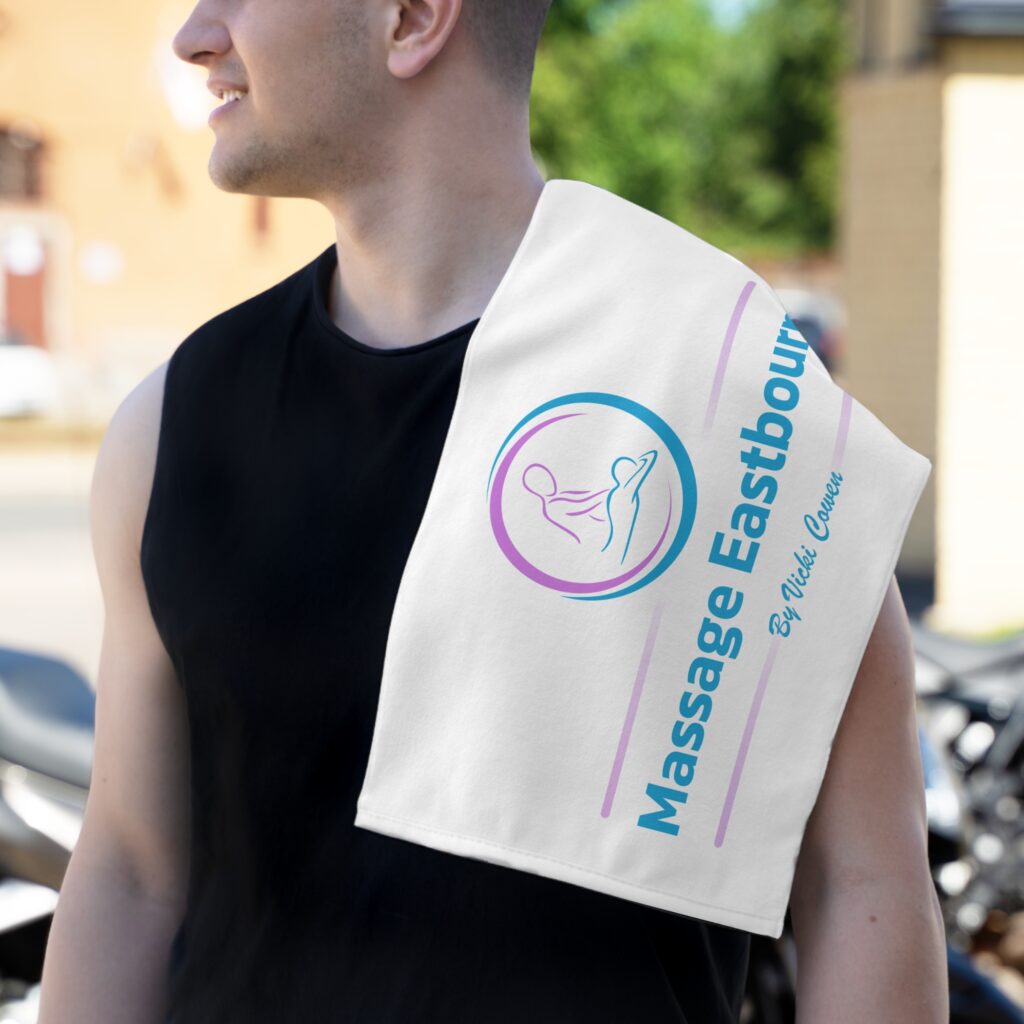
Towel
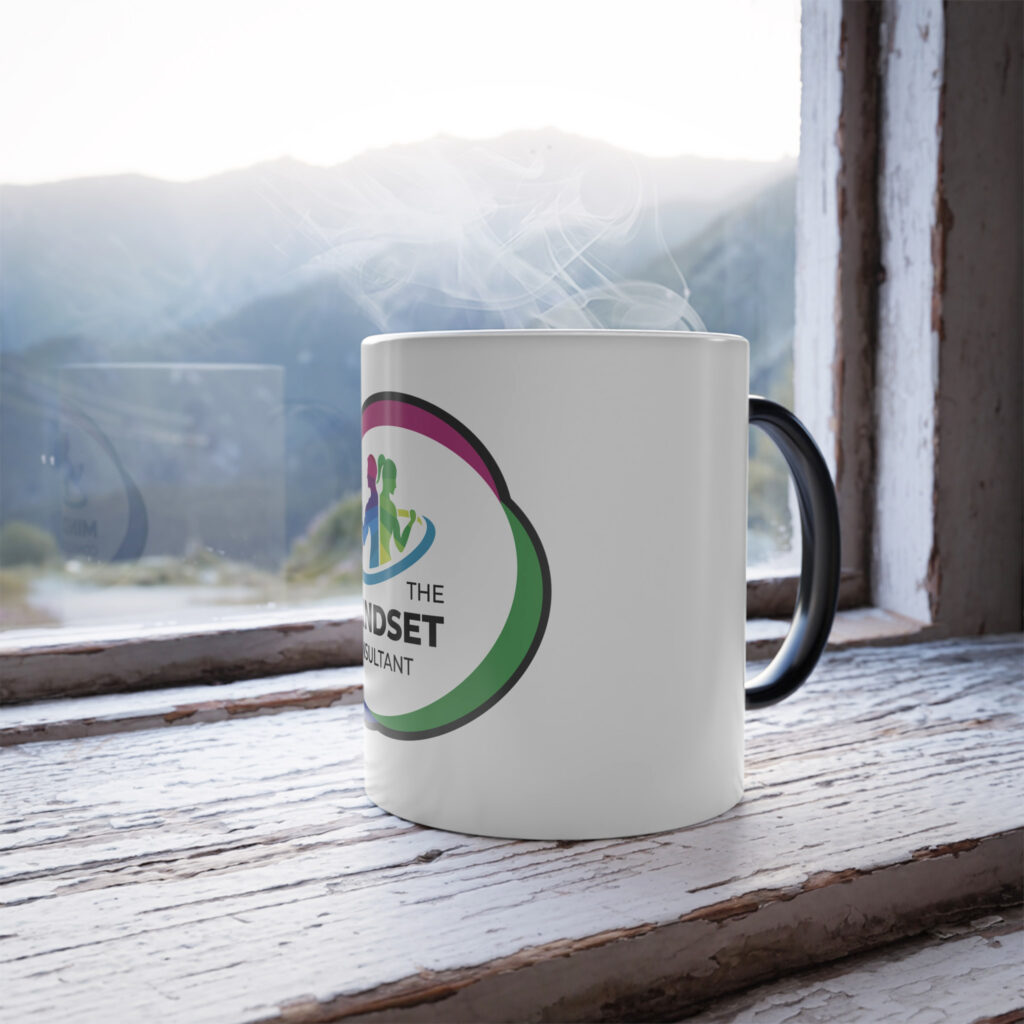
Mug
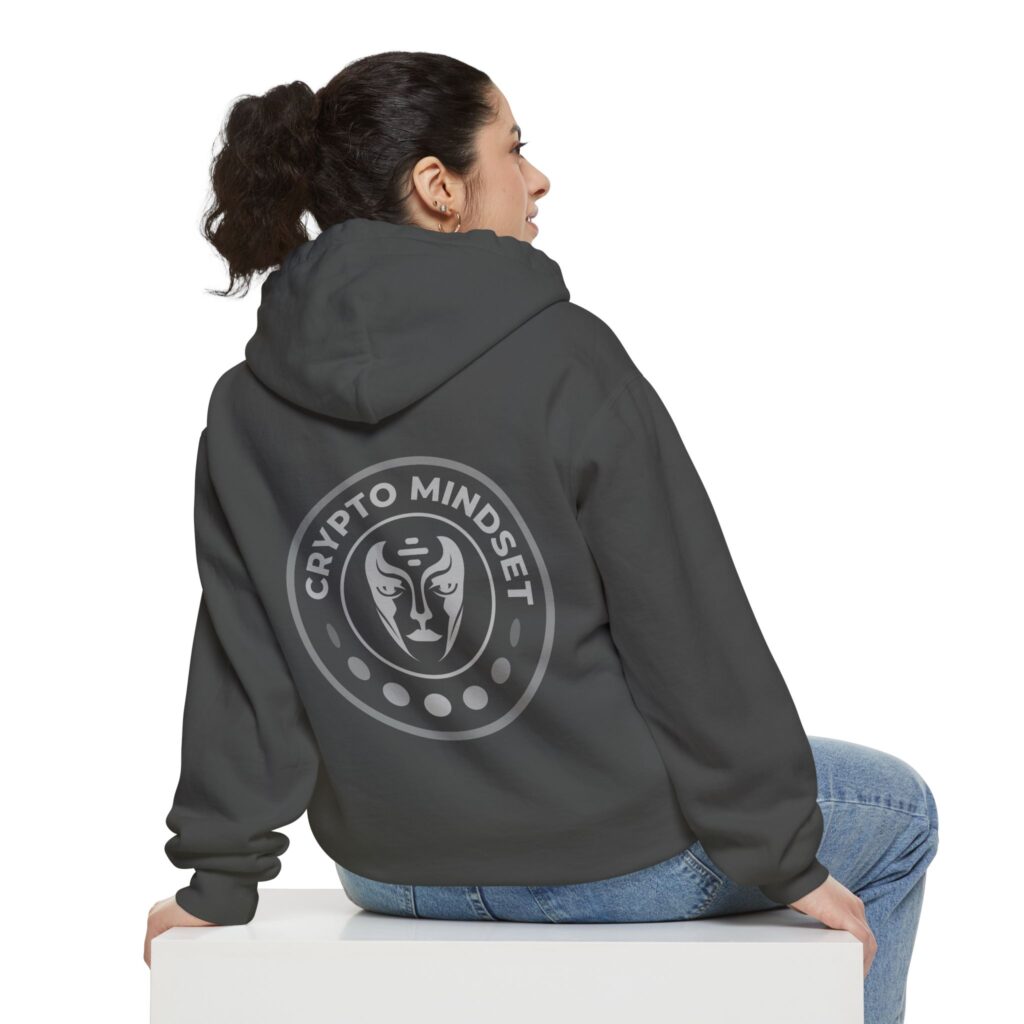
Hoodie
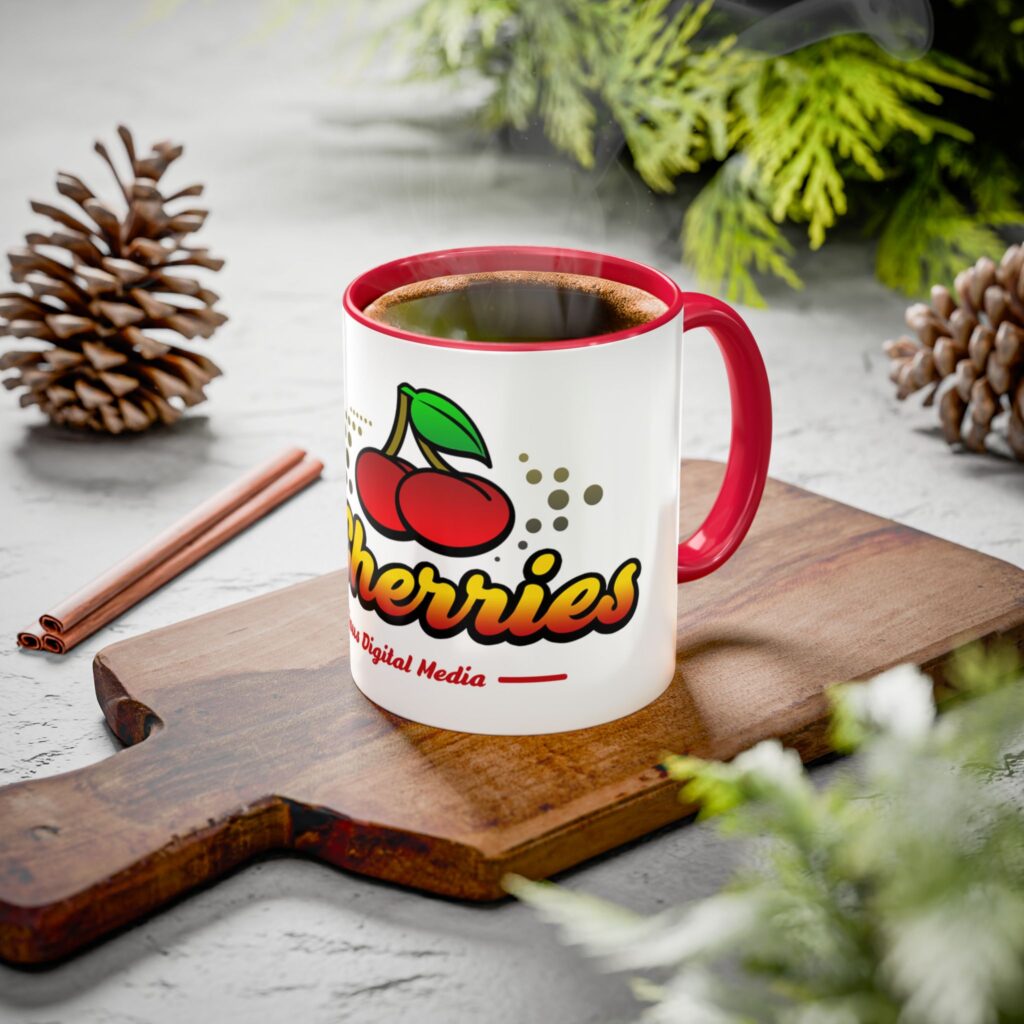
Mug
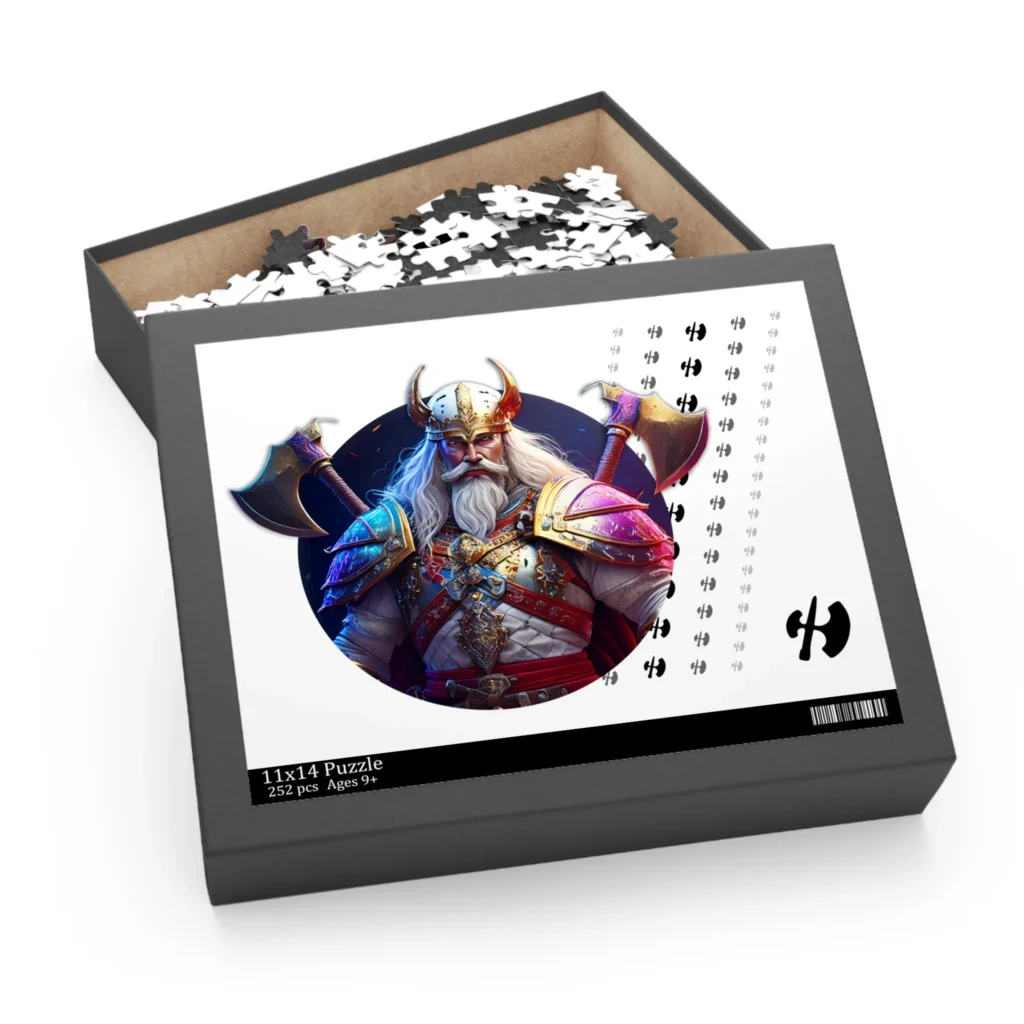
Puzzle
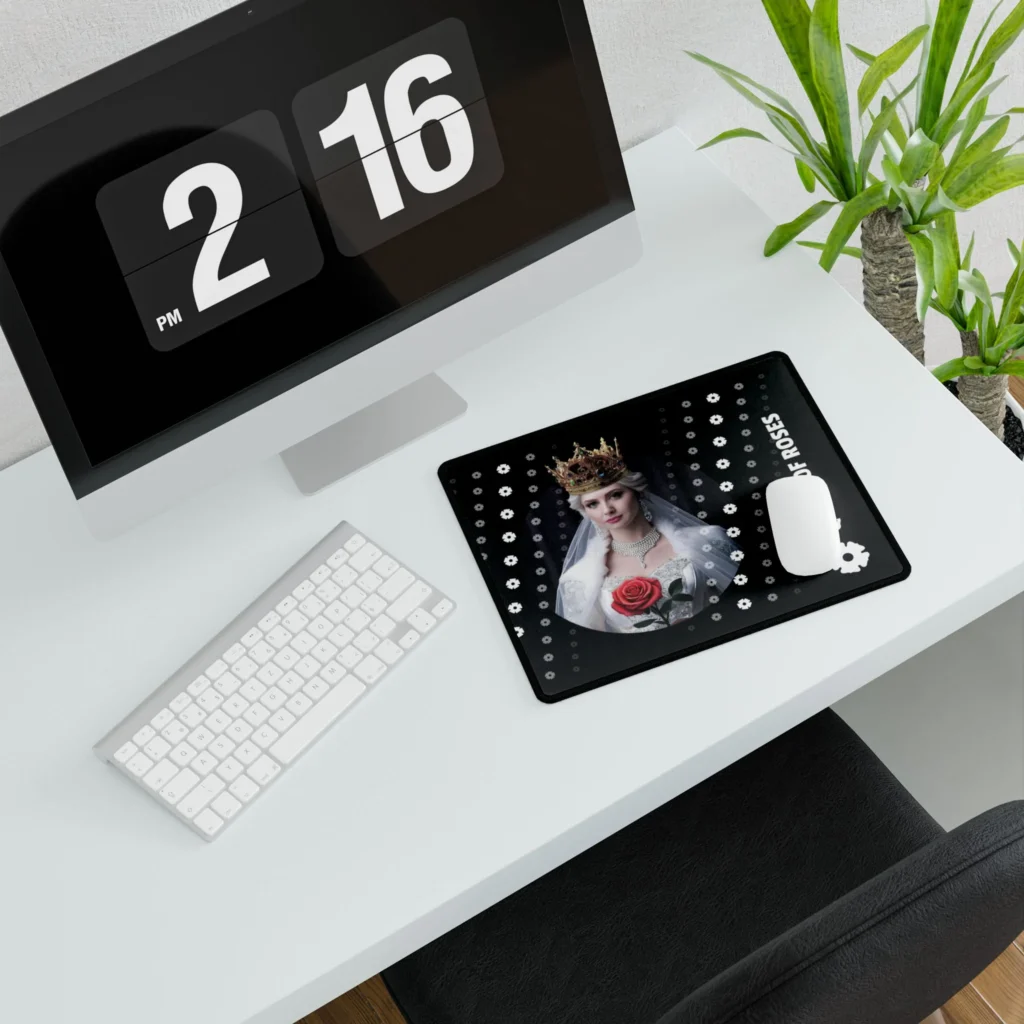
Mouse Mat
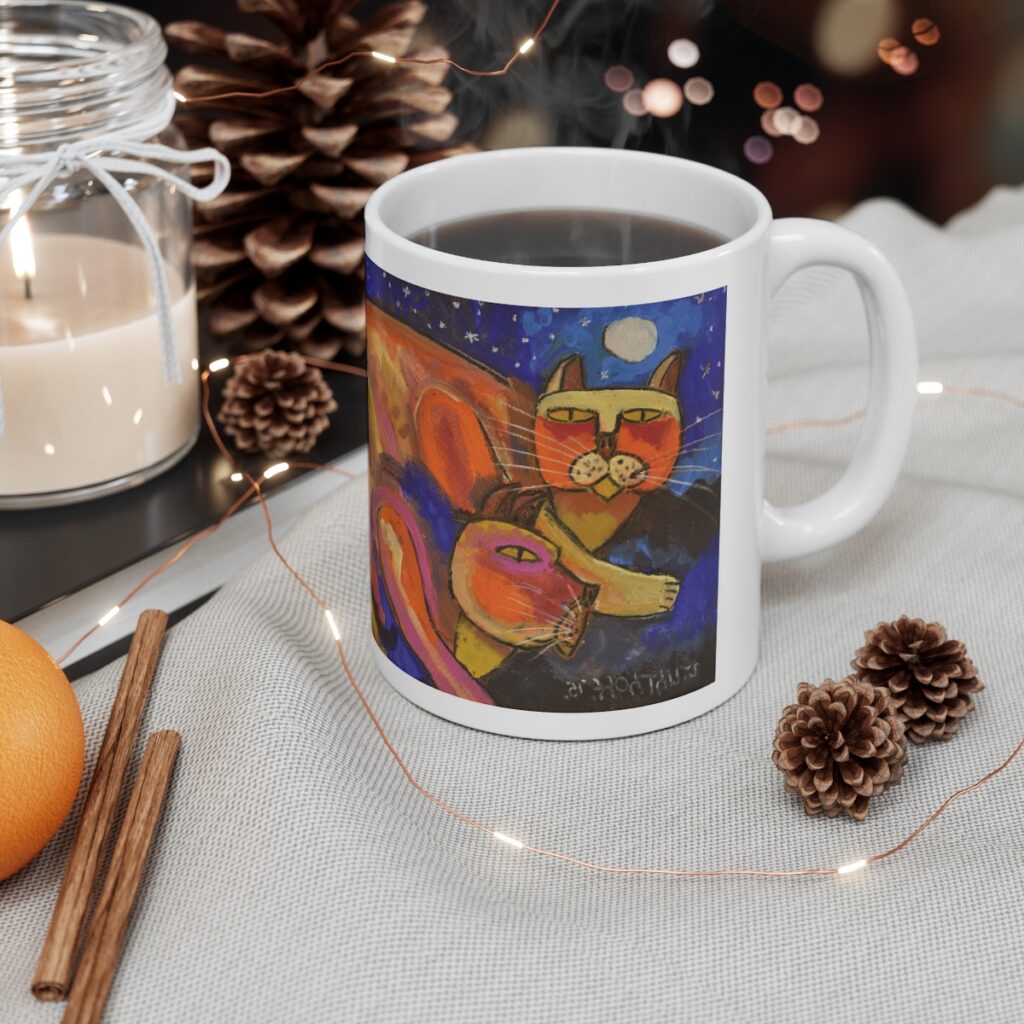
Mug
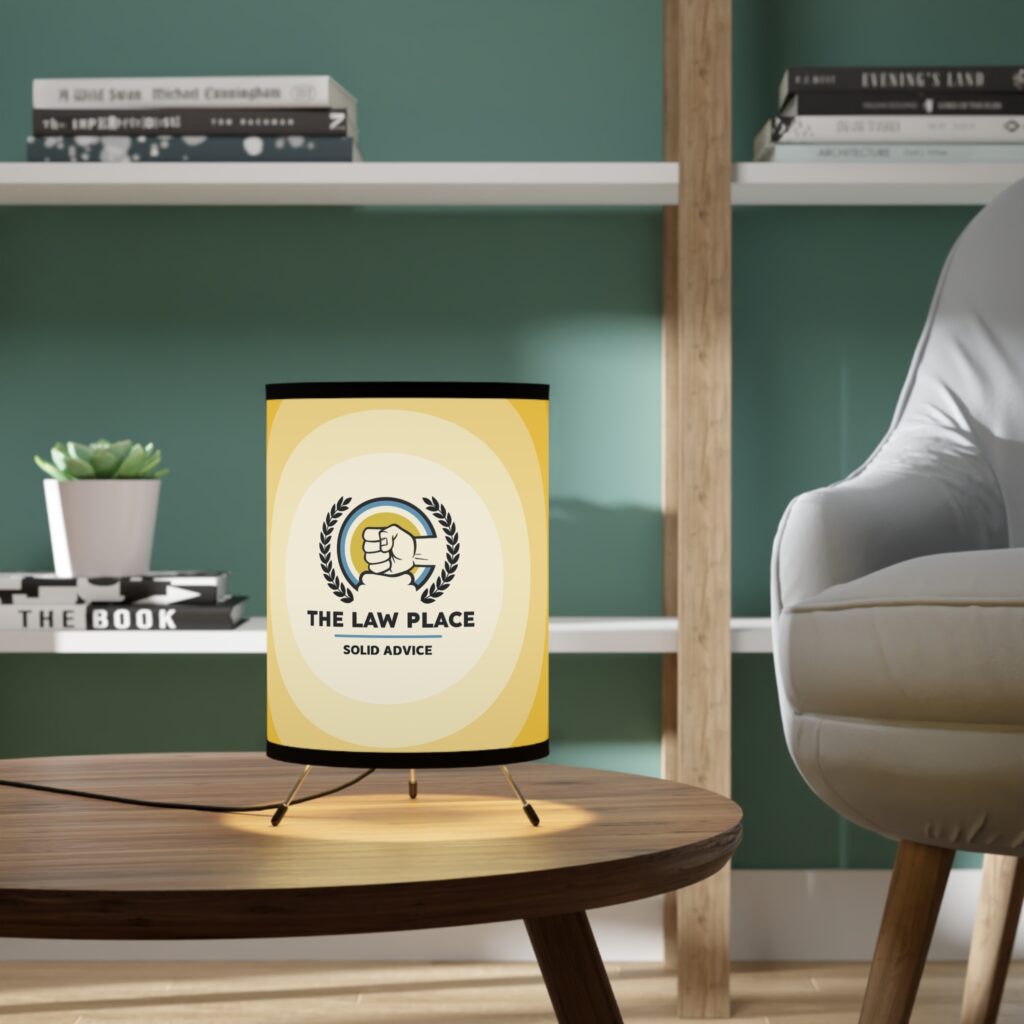
Lamp
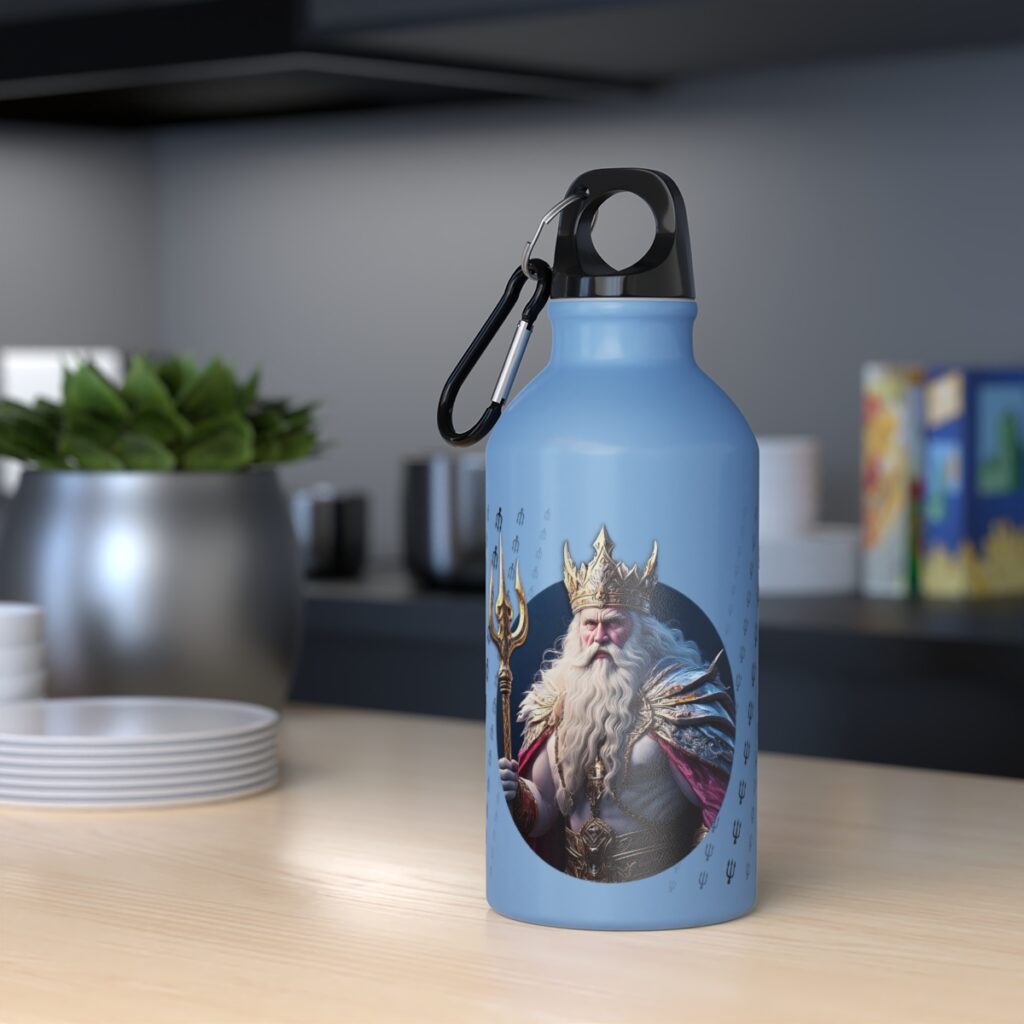
Sports Bottle
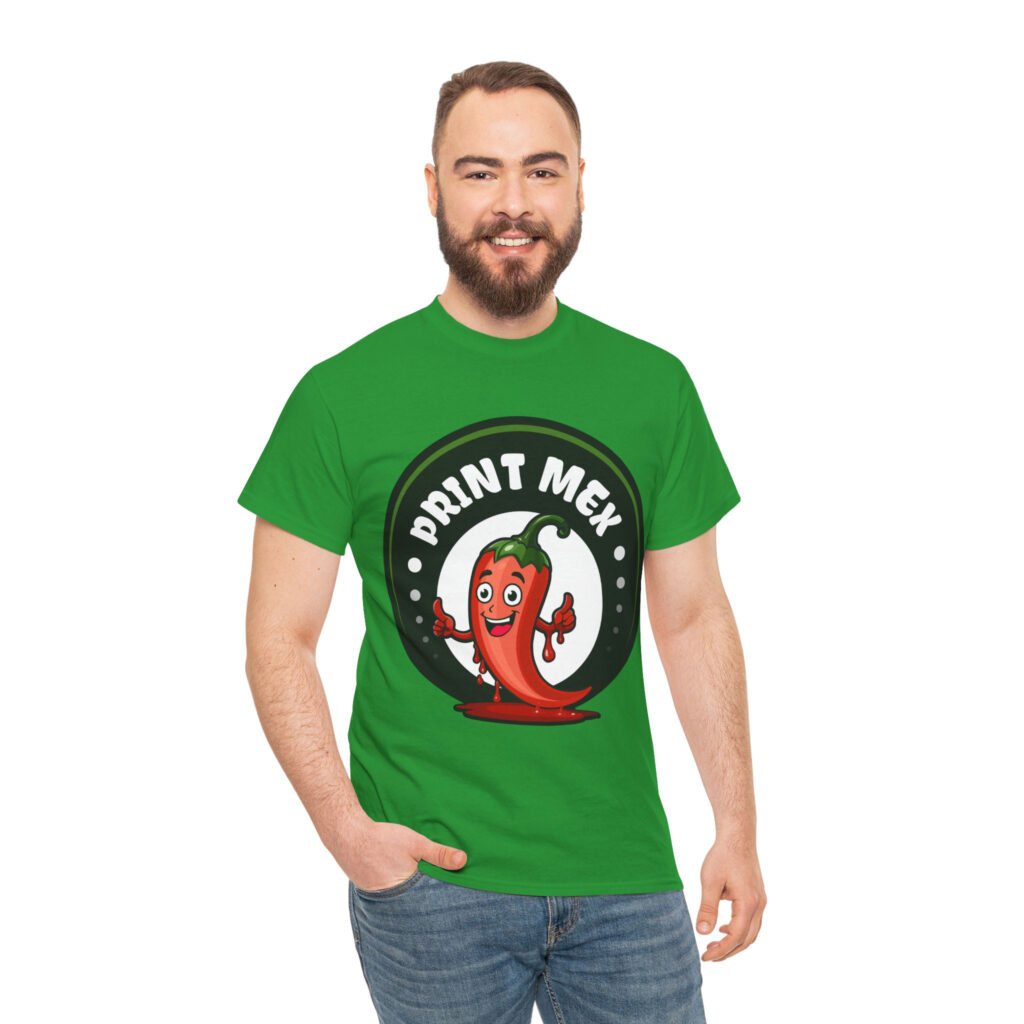
T-shirt

Hoodie

Glass

Towel

Mug

Hoodie

Mug

Puzzle

Mouse Mat

Mug

Lamp

Sports Bottle

